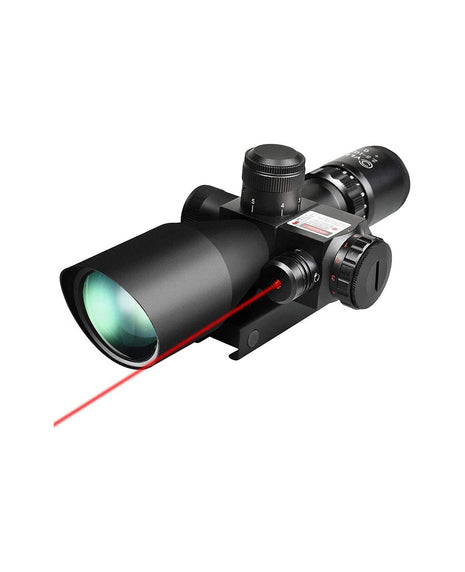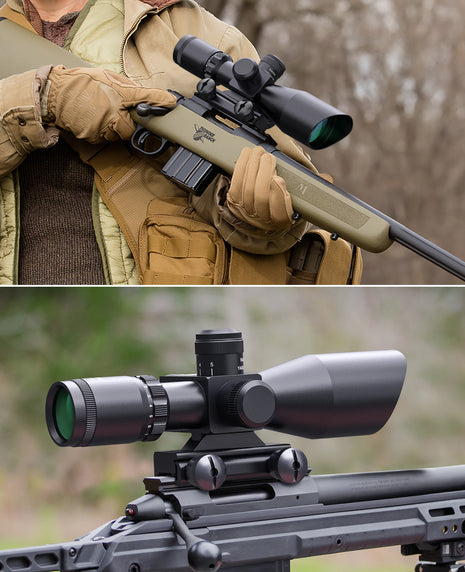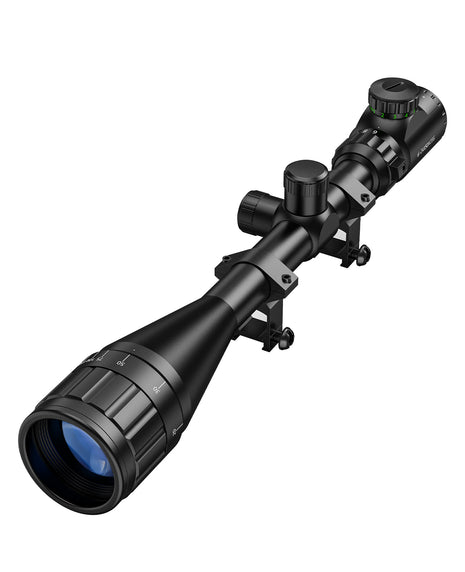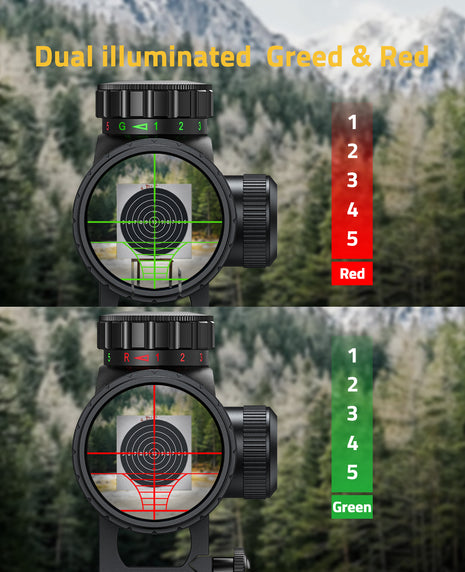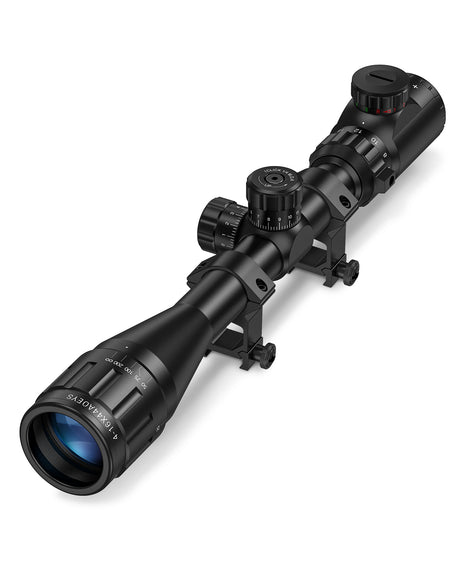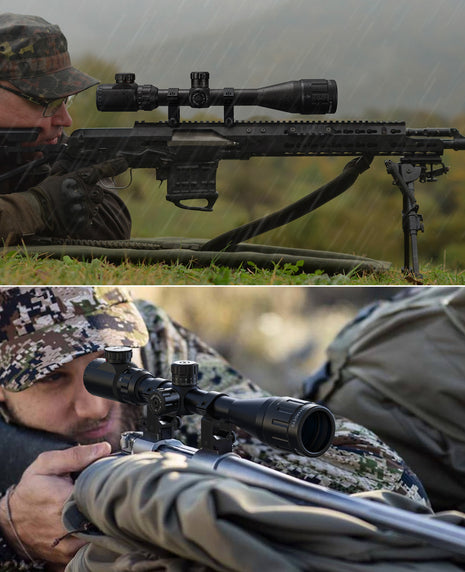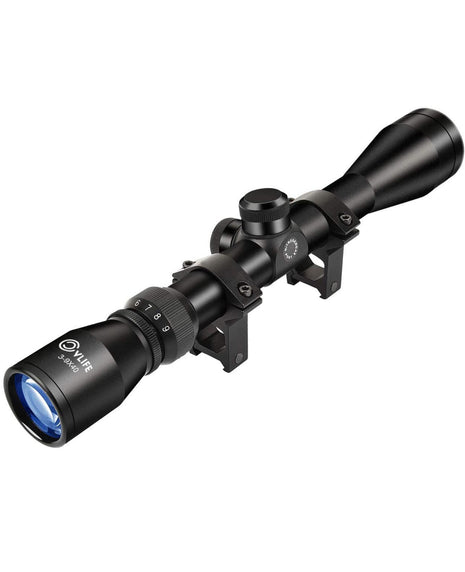How to Choose a Pocket Knife(Hunting Gear)
- 3 Tiempo mínimo de lectura
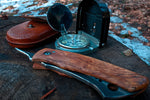
Pocket knives are an important EDC tool. They can be used for cutting fruit, outdoor hunting or even saving a life. But to succeed at any task, you need the right tool for the right job. Therefore, before you buy a pocket knife you should consider the reasons you're buying it. In this article, three elements of knife will be introduced.
Blade Steel
The type of steel used to make the blade should never be overlooked. There are many alloys used to make the blade, but you'll mainly see two main types: stainless steel and carbon steel.
Stainless steel features 12% or more of chromium, which makes the blade more resistant to rust and therefore better for wet environments. Stainless steel is easier to sharpen, but that also means it dulls easier. If you are looking for a survival knife, stainless steel is perfect.
Carbon steel blades, unlike stainless steel, are harder to sharpe but will retain an edge longer. They are also overall more durable. However, carbon steel is more susceptible to staining and corrosion than stainless steel.

Pocket Knife Opening Style
Pocket knives have three types of opening mechanisms to choose from: manual, assisted, and automatic.
Manual opening pocket knives require you to open the blade without assistance from a spring. They feature some sort of groove, hole, thumb stud that allow you to flip the knife out. Traditional designs require two hands to open while newer designs may require one.
Assisted opening pocket knives allow for one-handed operation. There's usually a spring within the handle that releases the blade after you open it past a certain point (usually 30 degrees). However, the moving parts also open it up to dirt and debris, and some might be regulated by local laws.
Automatic pocket knives, or sometimes called switchblades, open with the push of a button. These tend to be highly regulated and often only available for law enforcement or military. Sometimes exceptions are made for one-handed individuals.

Locking Mechanisms on Pocket Knives
- Liner locks are the most common. It engages when the blade is pushed out. The lock snaps in place and locks the bottom of the blade, so it doesn't close. To close the blade back, you have to manually push the liner out of the way. It is one the strongest locking mechanisms for a pocket knife.
- Frame lock is similar to a liner lock in the way it engages and disengages the blade. However, instead of a handle liner, the frame lock uses part of the frame itself to engage the tang and fix the blade.
- Traditional pocket knives utilize the slipjoint mechanism to secure the blade in place. However, it does not actually lock the blade and can close on itself if used for extreme cutting. When the blade is open, a tension from a spring or a flat bar is applied and holds the blade in place. The slipjoint pocket knives are ideal for light everyday tasks.
- Lockback mechanisms are for heavier cutting tasks. A locking arm along the spine of the handle features a hook that fits into a notch on the back of the blade. The hook uses tension from the back spring to lock the knife into place.
- Midlock mechanism is the same as the lockback, but located in the middle of the handle. This was done because with heavier use, you may accidentally push the lockback trigger with the side of your hand, disengaging the mechanism and allowing the knife to close on itself.
Hope that this guide is helpful for you. Wish you all a Merry Christmas.
Tags
- Compartir en:
- Deel
- Tweet
- Póngale un alfiler.
- Messenger
- Correo electrónico
You May Also Like
Blogs & News
-

, por C V How to Use BDC Holdovers for Different Bullet Weights?
-

, por C V Is a 1-6x BDC Scope Better Than a 3-9x for AR-15?
-

, por C V How to Zero an AR-15 Scope with a BDC Reticle
-

, por C V What Makes Motion Awake Red Dot Sights Unique

